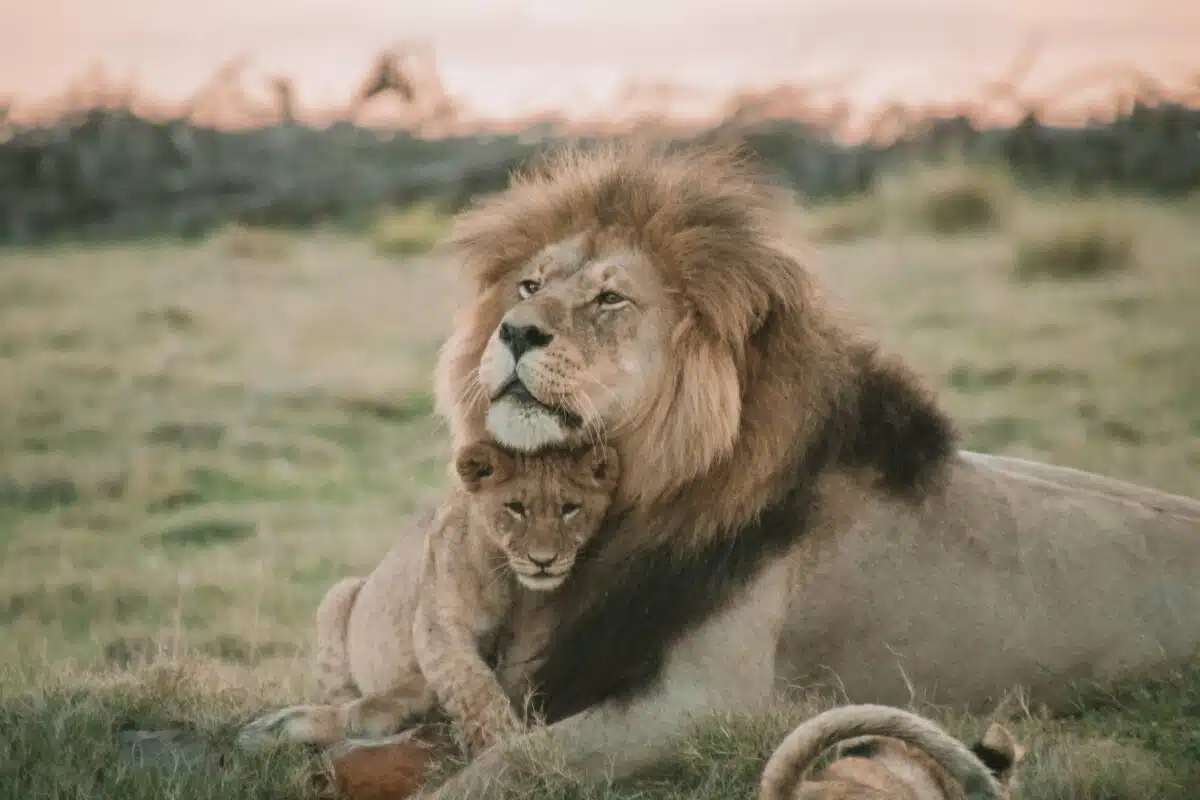Mozambique has bolstered its wildlife population with the arrival of more than 1,400 animals from South Africa, including key species such as elephants, lions, and rhinos. This initiative reflects the nation’s commitment to wildlife conservation and the restoration of its natural heritage.
Significant Milestone for Conservation
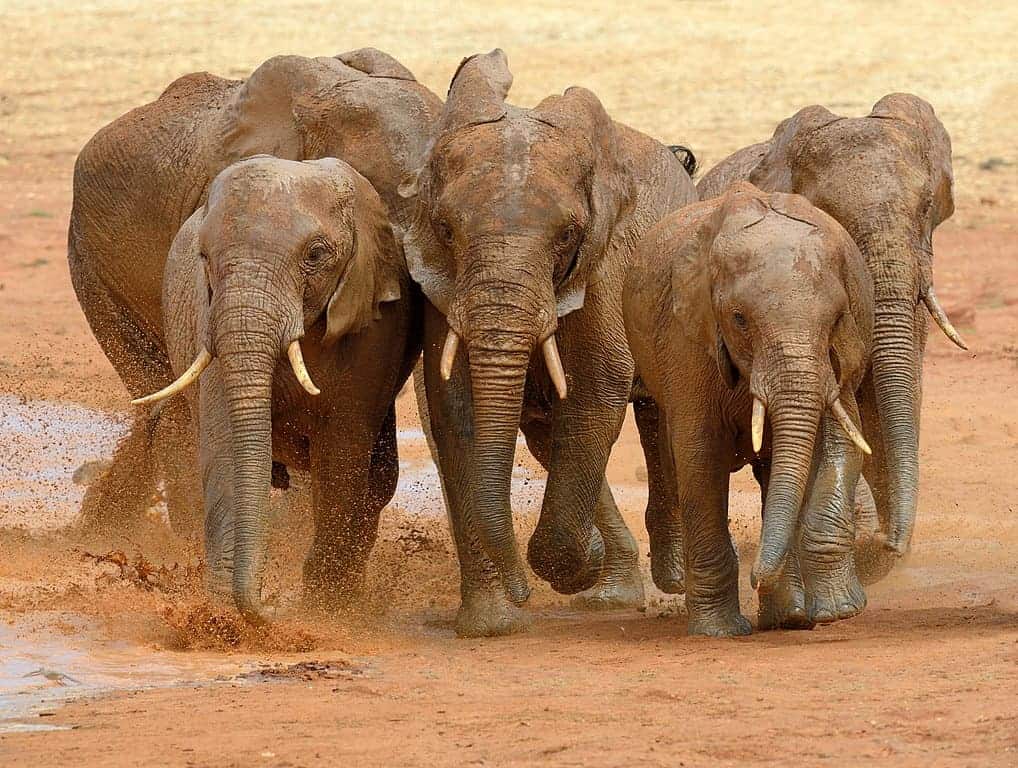
Mozambique’s efforts to replenish its wildlife have led to the translocation of 1,416 animals from South Africa in recent years. This initiative, announced by the Minister of Land and Environment, Ivete Maibaze, marks a significant step in enhancing the biodiversity of Mozambique’s national parks.
Diverse Species Reintroduced

The translocated species include elephants, lions, rhinos, hyenas, leopards, and buffaloes. These animals are now contributing to the ecological balance and tourist appeal of Mozambique’s protected areas.
Achieving the ‘Big Five’

Zinave National Park in the Inhambane province has become the only national park in Mozambique to house all of the terrestrial ‘big five’: elephant, lion, leopard, hippopotamus, and rhinoceros. This achievement underscores the success of the translocation program and the park’s growing significance in conservation.
Strategic Location

Located in the district of Mabote, Zinave National Park has been a focal point for the translocation efforts, offering a diverse habitat for the incoming species.
Ensuring Wildlife Safety
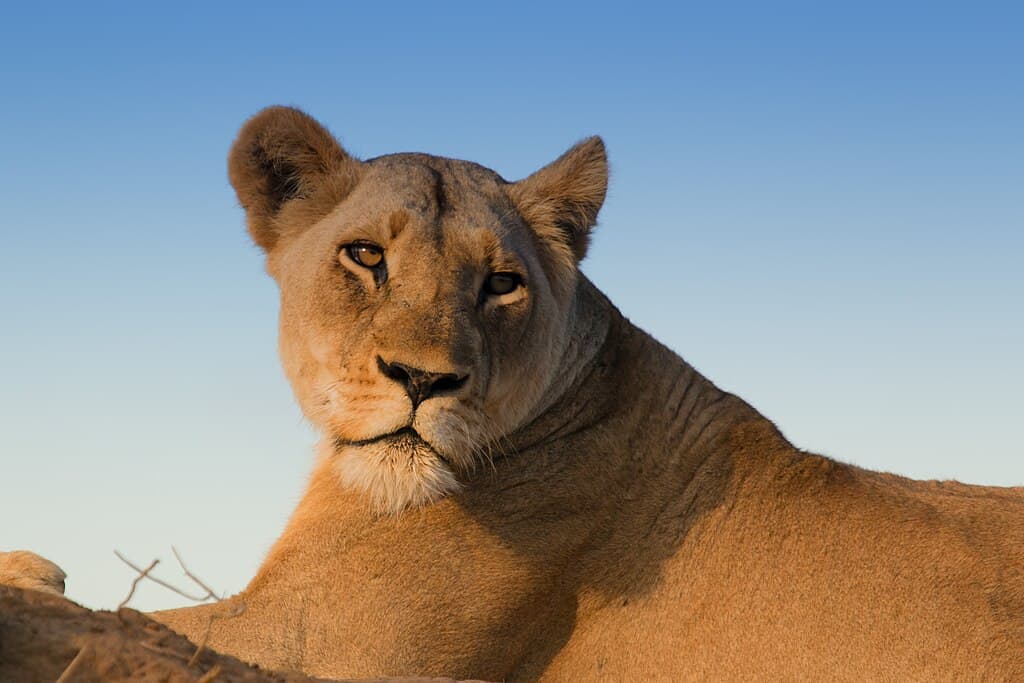
To protect the newly translocated animals, Mozambique has established a center for coordinating operations against poaching in Mabote district. These measures are crucial in safeguarding the integrity of the animals and the entire natural heritage.
Telemetric Monitoring

The movement of the translocated animals is monitored through 40 telemetric collars. This technology helps track the animals’ locations and ensures their safety in the vast landscapes of Mozambique’s national parks.
Legal Actions Against Poaching

Mozambique has intensified its efforts to combat poaching. Recently, 21 individuals involved in poaching were handed “exemplary sentences,” reflecting the country’s commitment to preserving its wildlife.
Deterrent Effect

These legal actions serve as a deterrent to potential poachers and underscore the government’s resolve to protect its wildlife heritage.
Overview of Mozambique’s Conservation Areas

Mozambique is home to 12 national parks and protected areas, encompassing a diverse range of ecosystems and species. These areas are vital for conservation and play a significant role in the country’s biodiversity.
Flora and Fauna
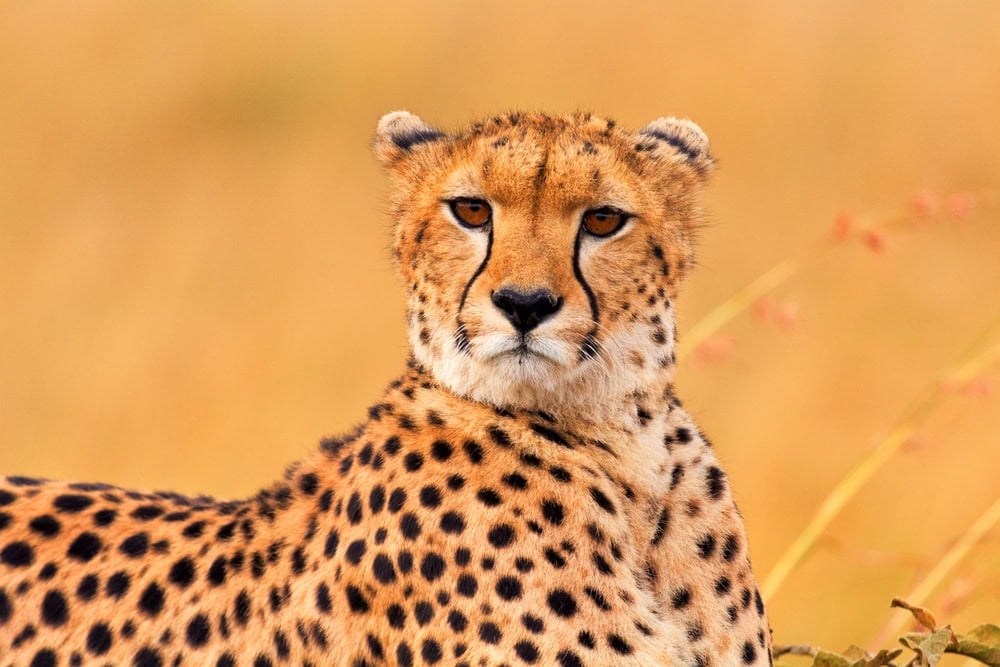
The nation boasts 5,500 species of flora and 4,271 species of terrestrial wildlife. This rich biodiversity is a testament to Mozambique’s ecological wealth and the importance of its conservation efforts.
International Cooperation in Conservation

The translocation of animals from South Africa highlights the collaborative efforts between the two nations in wildlife conservation. Such partnerships are essential for restoring and maintaining ecological balance across borders.
Shared Ecological Goals

Both countries share the goal of protecting and enhancing their wildlife populations, ensuring that future generations can enjoy and benefit from a thriving natural environment.
Impact on Local Communities

The reintroduction of these animals is expected to boost ecotourism, providing economic benefits to local communities. Increased tourism can lead to job creation and improved livelihoods for residents living near national parks.
Educational Opportunities

The presence of a diverse range of species offers educational opportunities for locals and tourists alike, raising awareness about the importance of conservation and wildlife protection.
Future of Mozambique’s Wildlife

Mozambique plans to continue its efforts in wildlife translocation to further enrich its national parks. Future initiatives will focus on maintaining and expanding the populations of key species.
Long-Term Conservation Goals

The long-term goals include ensuring the sustainability of wildlife populations and enhancing the ecological health of national parks through continuous monitoring and protective measures.
Community Involvement

Engaging local communities in conservation efforts is crucial for the success of these initiatives. Community involvement helps in creating a sense of ownership and responsibility towards protecting wildlife.
Educational Programs

Educational programs and awareness campaigns are being implemented to inform locals about the benefits of conservation and the need to protect their natural heritage.
Challenges and Solutions

Poaching remains a significant challenge. Continued vigilance, stronger legal frameworks, and community involvement are essential in addressing this issue effectively.
Habitat Restoration

Efforts are also being made to restore and maintain habitats to ensure they can support the growing wildlife populations, providing them with the resources they need to thrive.
Technological Advances in Conservation

Telemetric collars are used to monitor animal movements, providing valuable data on their behavior and habitat use. This technology aids in making informed decisions for wildlife management.
Data Collection and Analysis
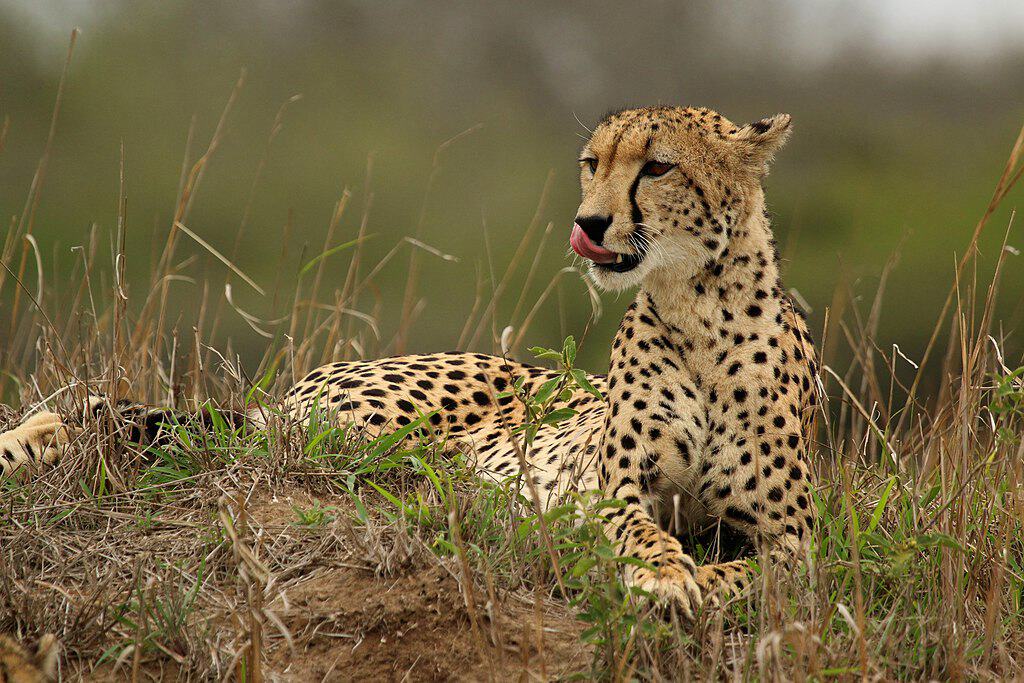
Advanced data collection and analysis techniques help in understanding the dynamics of wildlife populations and the effectiveness of conservation strategies.
The Role of Government and NGOs

The Mozambican government plays a crucial role in implementing and supporting conservation initiatives, providing the necessary resources and policy frameworks.
NGO Partnerships

Non-governmental organizations (NGOs) also contribute significantly to conservation efforts, offering expertise, funding, and on-ground support for various projects.
Success Stories and Case Studies

The transformation of Zinave National Park into a hub of biodiversity is a notable success story, demonstrating the positive impact of wildlife translocation and conservation efforts.
Global Implications of Mozambique’s Efforts

Mozambique’s success in wildlife translocation sets an example for other countries facing similar conservation challenges. It highlights the importance of international cooperation and innovative approaches to wildlife management.
Contributing to Global Biodiversity
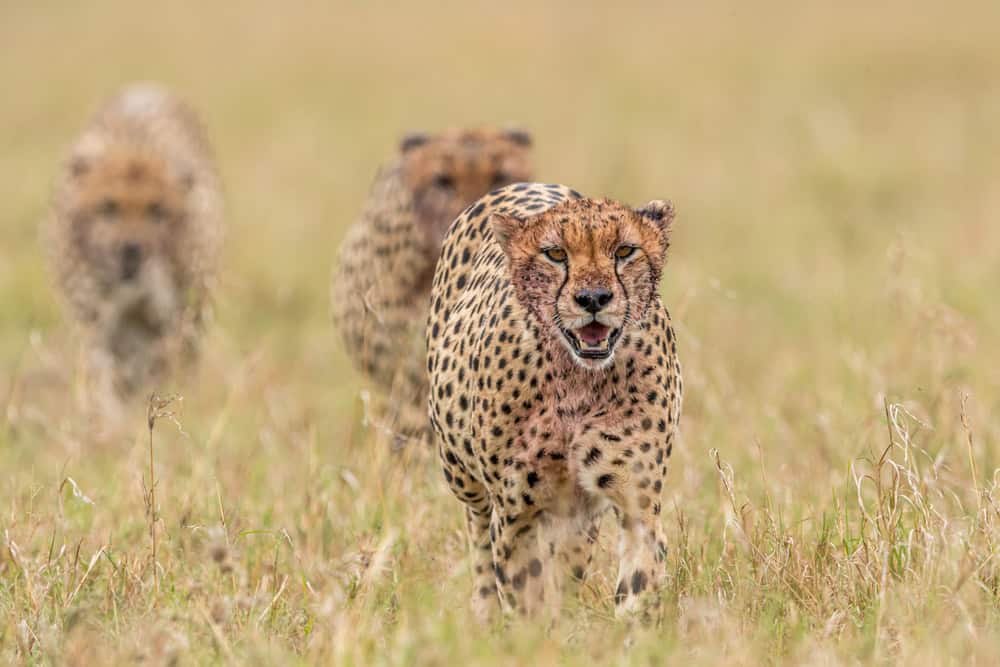
By enhancing its own wildlife populations, Mozambique contributes to global biodiversity, playing a part in the broader effort to protect endangered species worldwide.
How Can You Help?

Supporting Conservation Efforts

Individuals can support conservation efforts by donating to relevant NGOs, participating in awareness campaigns, and advocating for wildlife protection.
Responsible Tourism
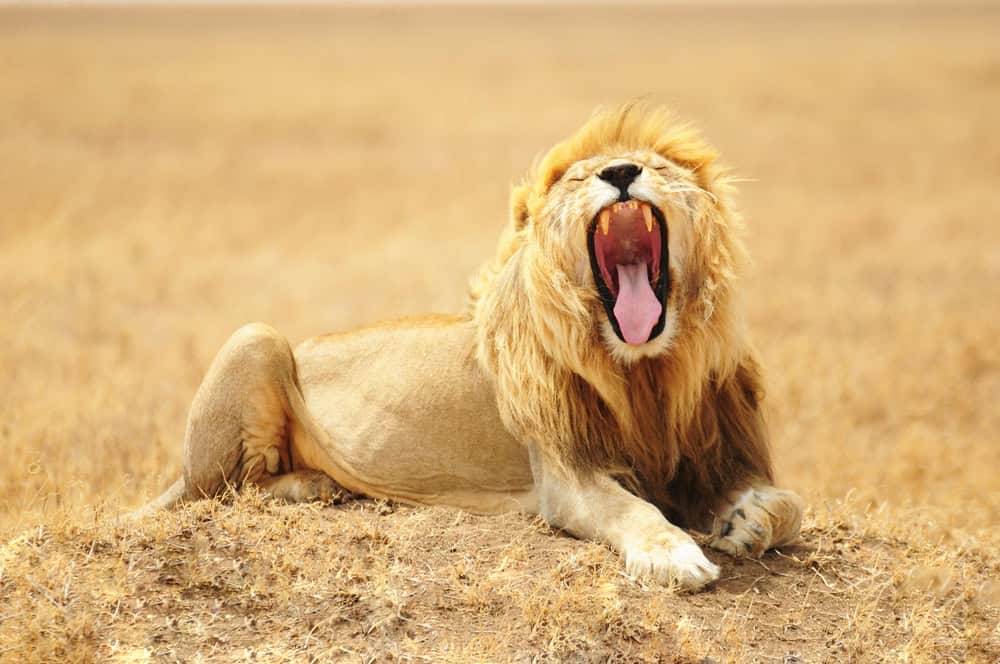
Tourists can contribute by practicing responsible tourism, respecting wildlife, and supporting local conservation initiatives during their visits.
Conclusion

Mozambique’s recent translocation of over 1,400 animals from South Africa marks a significant achievement in wildlife conservation. With continued efforts in protecting and enriching its national parks, Mozambique sets a strong example in the global conservation community.
Join our Forum for free today!

- Stranded Lion Gets Attacked by Hippos - June 26, 2024
- One-in-100 000 Rare Ginger Albino Seal Pup May Be Rejected by his Colony - June 26, 2024
- Adorable Baby Orca asks Humans for help to Save Their Mother - June 26, 2024

